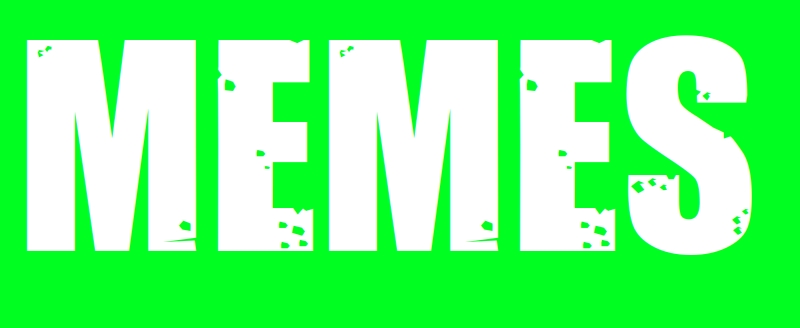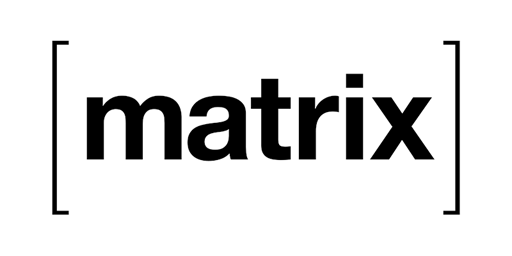Arthur Besse
cultural reviewer and dabbler in stylistic premonitions
- 626 Posts
- 1.09K Comments

 2·20 hours ago
2·20 hours ago
(it’s either something like this, or OP elided the word “audience”)

 6·20 hours ago
6·20 hours agothis is an advertorial with a dishonest/misleading clickbait headline.
of course google has trackers on lots of websites… that is not news, nor does it have anything to do with which non-gooogle search engine one might use to find a website.
this particular google analytics competitor may or may not be more privacy friendly than others but the fact that they are advertising their product with this kind of garbage does not inspire confidence.

 3·20 hours ago
3·20 hours agoThey allow you to search with js off, which means no tracking on their domain
huh? plenty of tracking is still possible without javascript

 291·2 days ago
291·2 days agonot only a racist but also a misogynist, a present-day gamergater, who is literally in 2025 still complaining that “video games used to be made for guys and now they’re made for everyone” 🤦

 82·3 days ago
82·3 days agoNo one supports people breaking the laws.
What about these laws? Or these laws? Don’t you support people breaking unjust laws?
I think what you’re really saying is that you think US immigration laws are generally just.

https://en.wikipedia.org/wiki/Jeremy_(snail)
these two snails mated with each other instead, producing 170 right-coiled snails. One of the left-coiled snails later mated with Jeremy, producing 56 offspring, all of which also had right-coiling shells.
they also omitted this crucial detail:
Jeremy was named after the left-wing British Labour politician Jeremy Corbyn, on account of it being a “lefty” snail, but also due to Corbyn’s reported love of gardening.
 1·6 days ago
1·6 days agoIf you want to keep your Fairphone and ditch android, Fairphone 4 and 5 both appear to be well supported by Ubuntu Touch. The downside is that Ubuntu Touch is currently still based on the 2020 LTS release of Ubuntu (which does still get updates, at least). Fairphone 4 is also somewhat supported by postmarketOS, but call support there is listed as “partial”.

 8·7 days ago
8·7 days agoIf the discovery on Phoebe was in 2342, then Holden is around 20 years older than Janeway; larger age gap than the original but it could work
why are you using a direct download site? 😂
(i don’t recognize which site the screenshot is of, but i have definitely seen “download” ads like this on some shitty torrent sites…)
hey, “humorless if you want”, it’s a fake screenshot created for entertainment purposes
🧲 links ftw, simply ctrl-u ctrl-f magnet:

 10·8 days ago
10·8 days agoso there really are options, is what you’re saying

 5·18 days ago
5·18 days agoI am curious, what do you think Zionism is actually?
I don’t think I can continue contributing when there’s literally a rule condoning ethnic discrimination
The rule against Zionism is literally the opposite of “a rule condoning ethnic discrimination”. This community’s second rule is actually redundant with its first one, but it’s worth stating separately due to the prevalence of misunderstandings about it.
FYI, aside from being predicated on the forced displacement and/or murder of the Palestinian people, Herzl’s Zionism (to which the state of Israel explicitly credits its existence) has also always been rooted in antisemitism.

 3·19 days ago
3·19 days agoit’s a reference to https://en.wikipedia.org/wiki/The_dress

 4·21 days ago
4·21 days agoWikipedia says:
The mitochondrion is popularly nicknamed the “powerhouse of the cell”, a phrase popularized by Philip Siekevitz in a 1957 Scientific American article of the same name.[4]
But know your meme attributes its meme status to this tumblr post from 2013:

Contrary to comments in many places like this reddit thread from 2018, I suspect the phrase wasn’t actually used in many textbooks or very commonly known prior to that tumblr post.
(If you search on Google Books you can find numerous textbooks using the phrase. Range-based search on Google Books appears to be broken so I’m not sure, but all the ones I checked were published well after 2013.)

 3·22 days ago
3·22 days agoYou better find a way to make it easy, soldier, or I’m gonna start pushing buttons!

































On the Effectiveness of Aluminium Foil Helmets: An Empirical Study